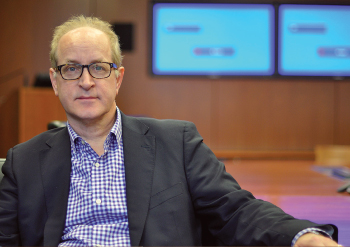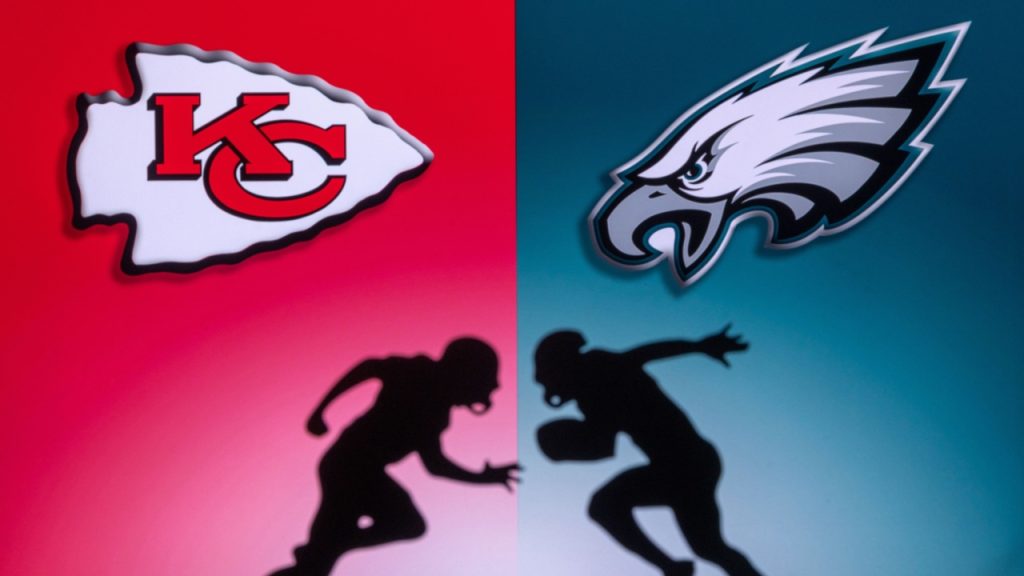“Milquetoast” is how a Fordham expert described Sunday’s highly anticipated 2025 Super Bowl ads, some of which cost a record $8 million for their placement during the big game.
“There was nothing risky, and I was disappointed,” said Timothy Malefyt, clinical professor of marketing at the Gabelli School of Business.
“The Super Bowl is the place to talk about issues and really make a statement, and you just didn’t see that,” he said. “It used to be a launching place. Advertising can be such a powerful medium for social change.”
Instead, this year the ads mostly avoided controversy, sticking to humor and nostalgia. And the viewers seemed to like that.
The fan favorite was Budweiser’s nostalgic ad featuring a young horse that saves the day, which topped the USA Today Ad Meter. Malefyt described it as “a hero’s journey, Little Engine that Could-type story” that gets back to basics and avoids any pressing issues.
The ads were a far cry from a 2014 Coke commercial promoting diversity or even Apple’s 1984 ad that introduced the Macintosh personal computer, he said. Budweiser perhaps played it safe with its ads, two years after facing backlash from a Bud Light campaign featuring transgender influencer Dylan Mulvaney.

This year, the commercial coming closest to making a real statement, he said, was the Nike ad emphasizing female success in a male-dominated world. The spot features WNBA stars Caitlin Clark, A’ja Wilson, and Sabrina Ionescu, along with other elite female athletes, with a voiceover by rapper Doechii, who delivers the final line: “Whatever you do, you can’t win. So Win.”
It made Malefyt think of Kamala Harris, without being outright political.
Nike has been absent from the Super Bowl for almost three decades. “Nike is losing market share, so they need a big win themselves,” said Malefyt.
He found the most powerful ads to be from pharmaceutical companies: Novartis with a bold ad about breast cancer screening and Pfizer with a little boy beating cancer. “The drug ads were provocative … powerful. But maybe people are inured now to ads that say something.”
Humorous spots came from Doritos, featuring aliens; Pringles and Little Caesars with flying hair, mustaches, and eyebrows; and Mountain Dew with singing seals, including Seal, the singer. In its “Built Different” campaign, Duracell featured a battery reboot for Tom Brady, showing him suffering an on-air power failure and needing the help of a Duracell scientist.
Celebrities were in abundance, which Malefyt called a “safe bet.”
But why play it so safe?
Malefyt pointed out that most of the commercials were in production last fall, in the heart of a contentious presidential election season. “So of course they were very careful to stay away from anything political at all.”


